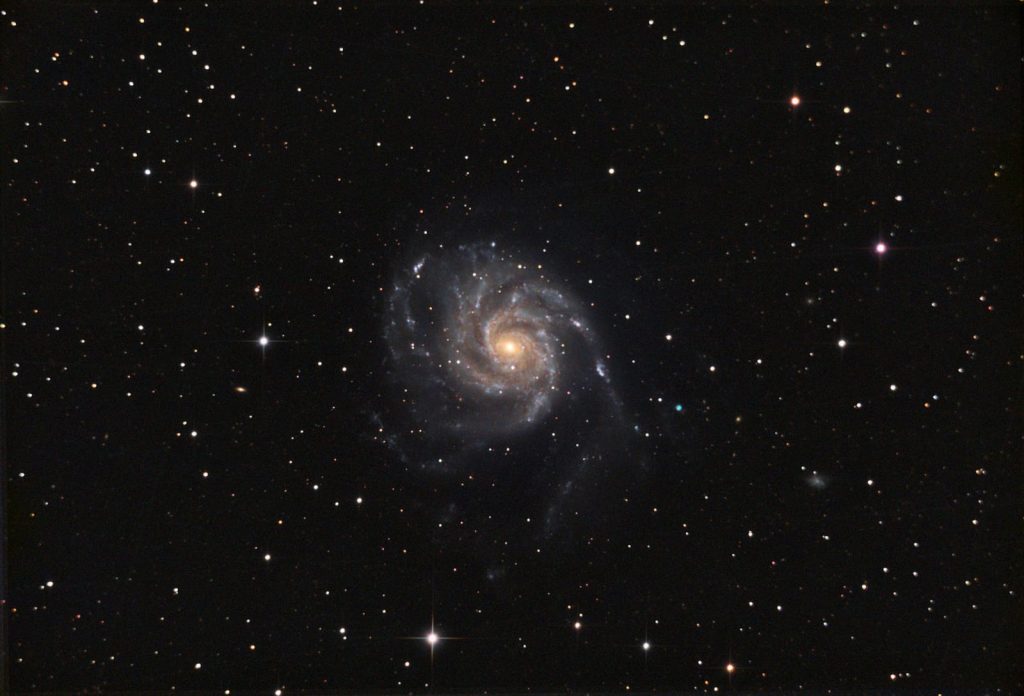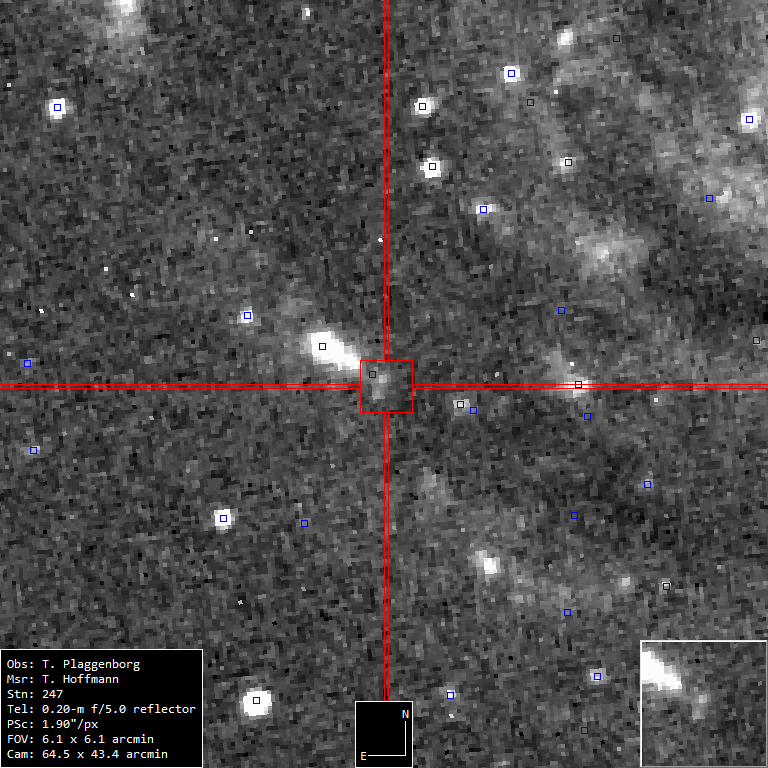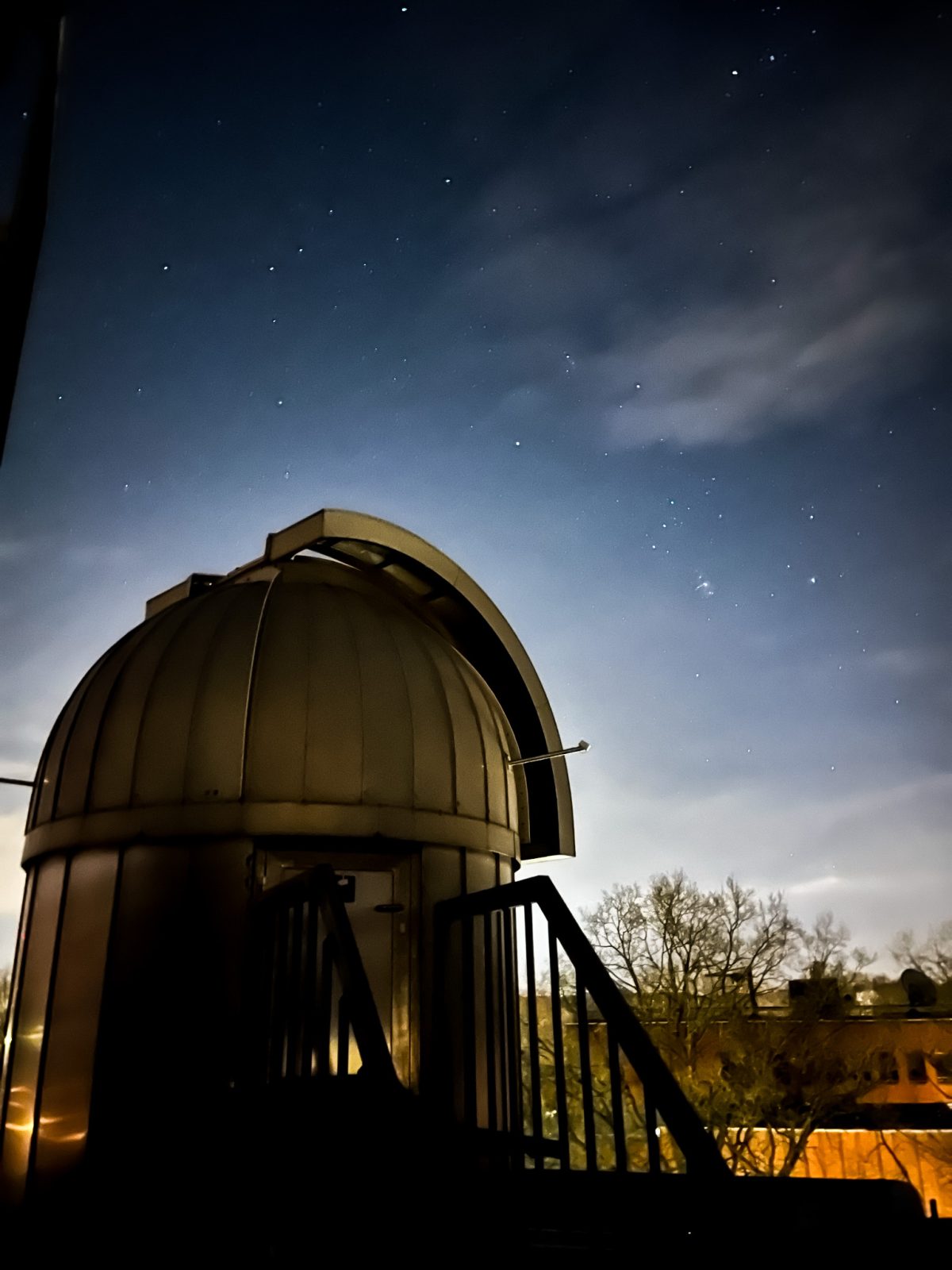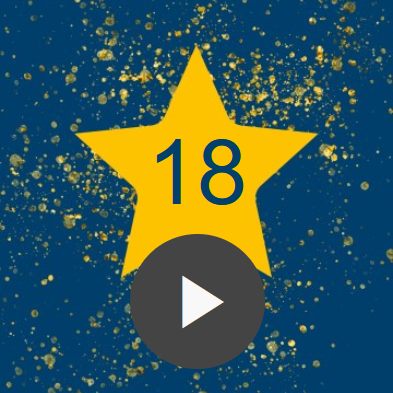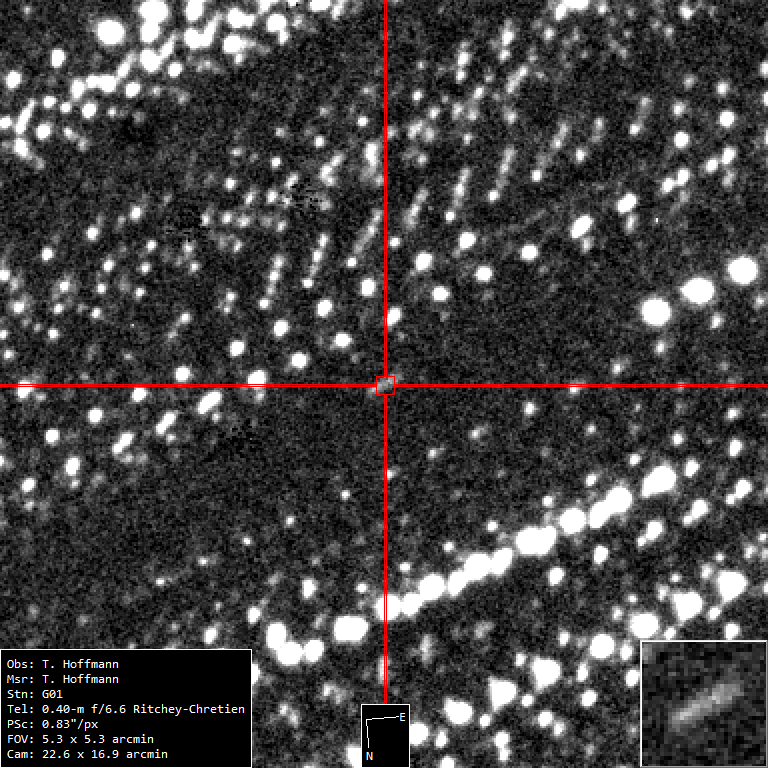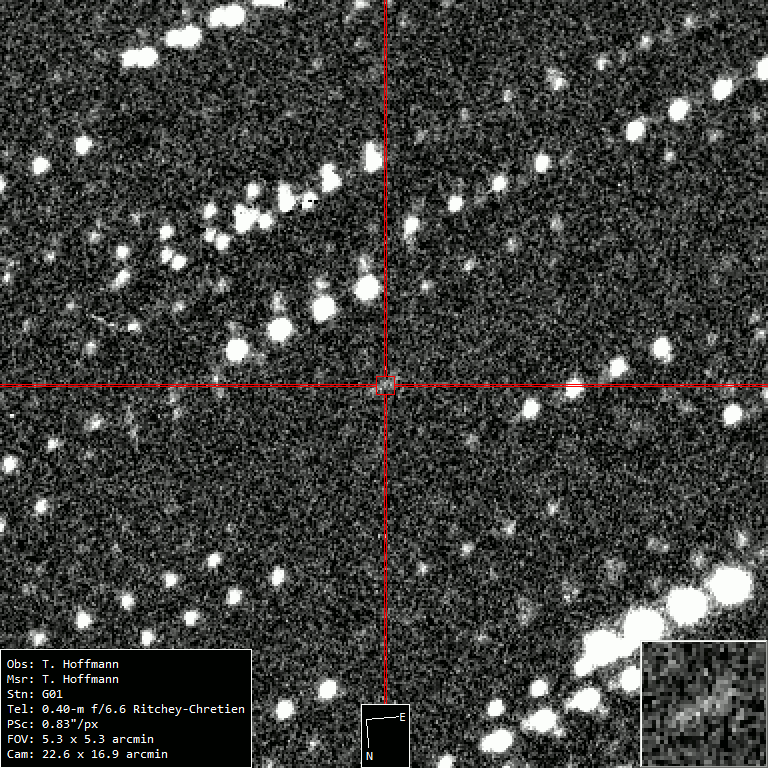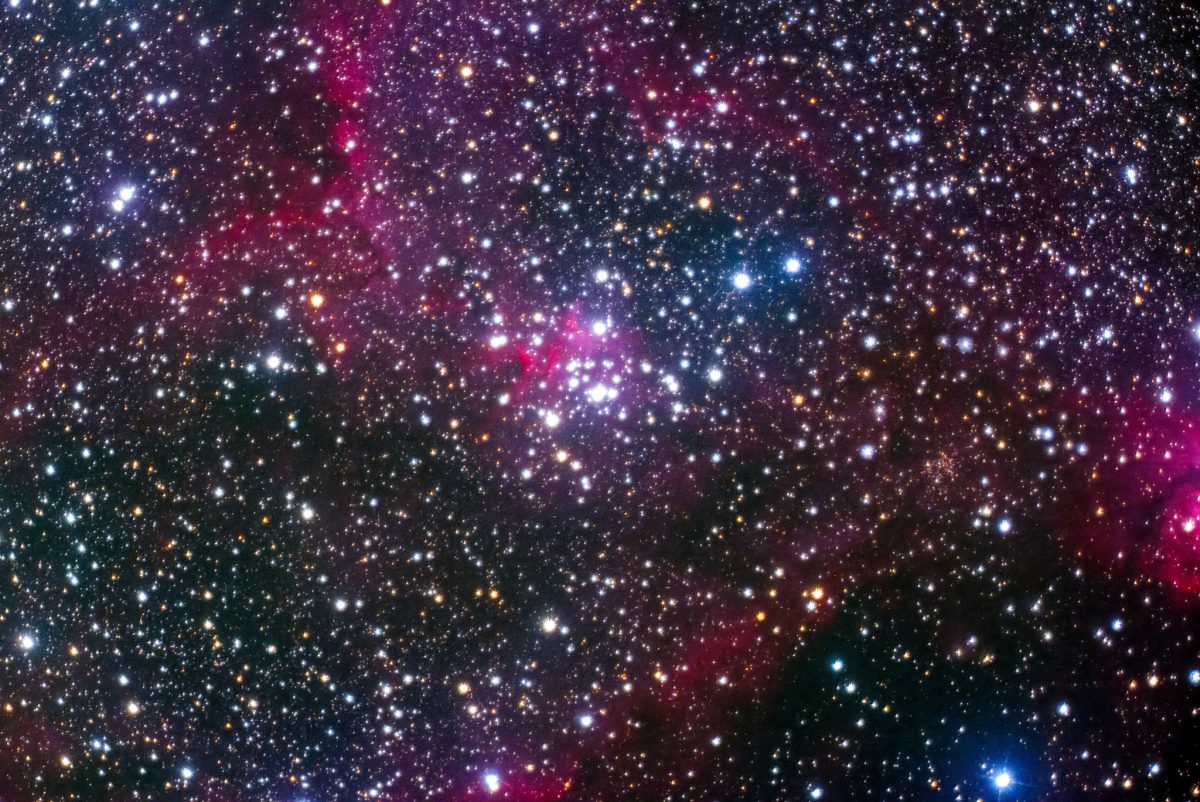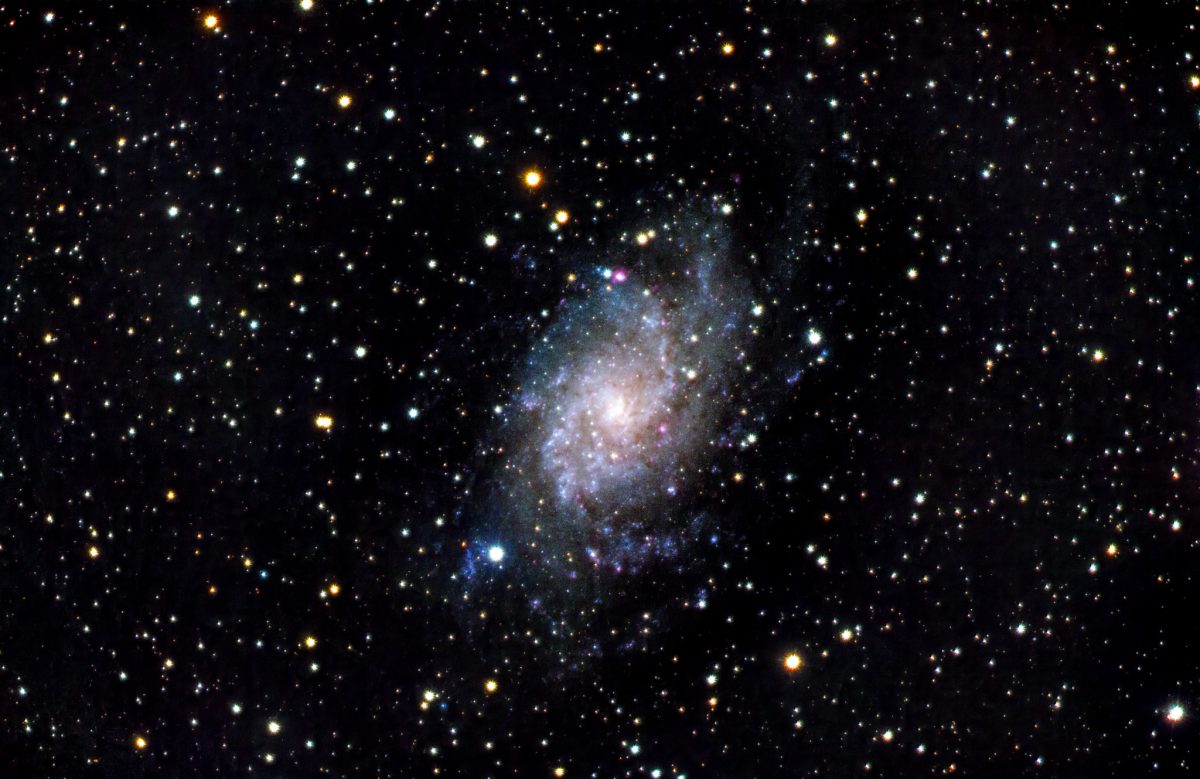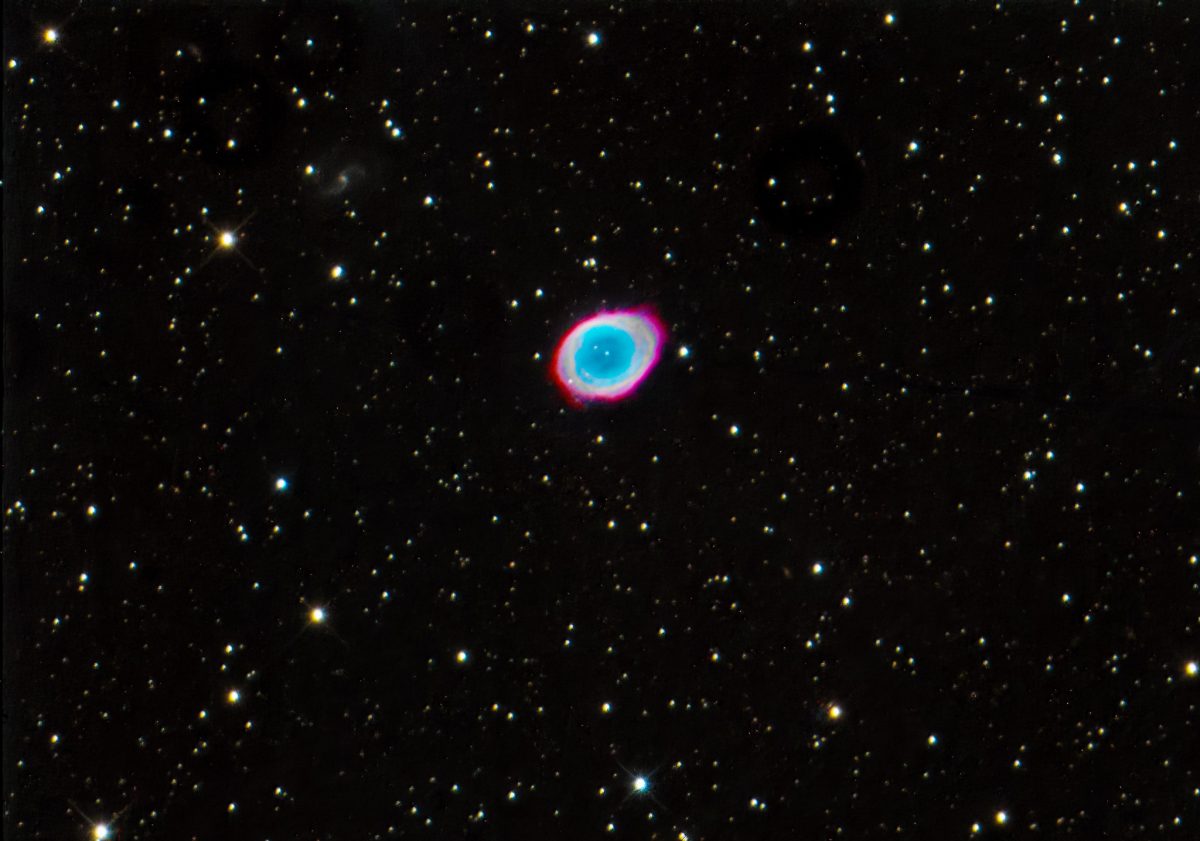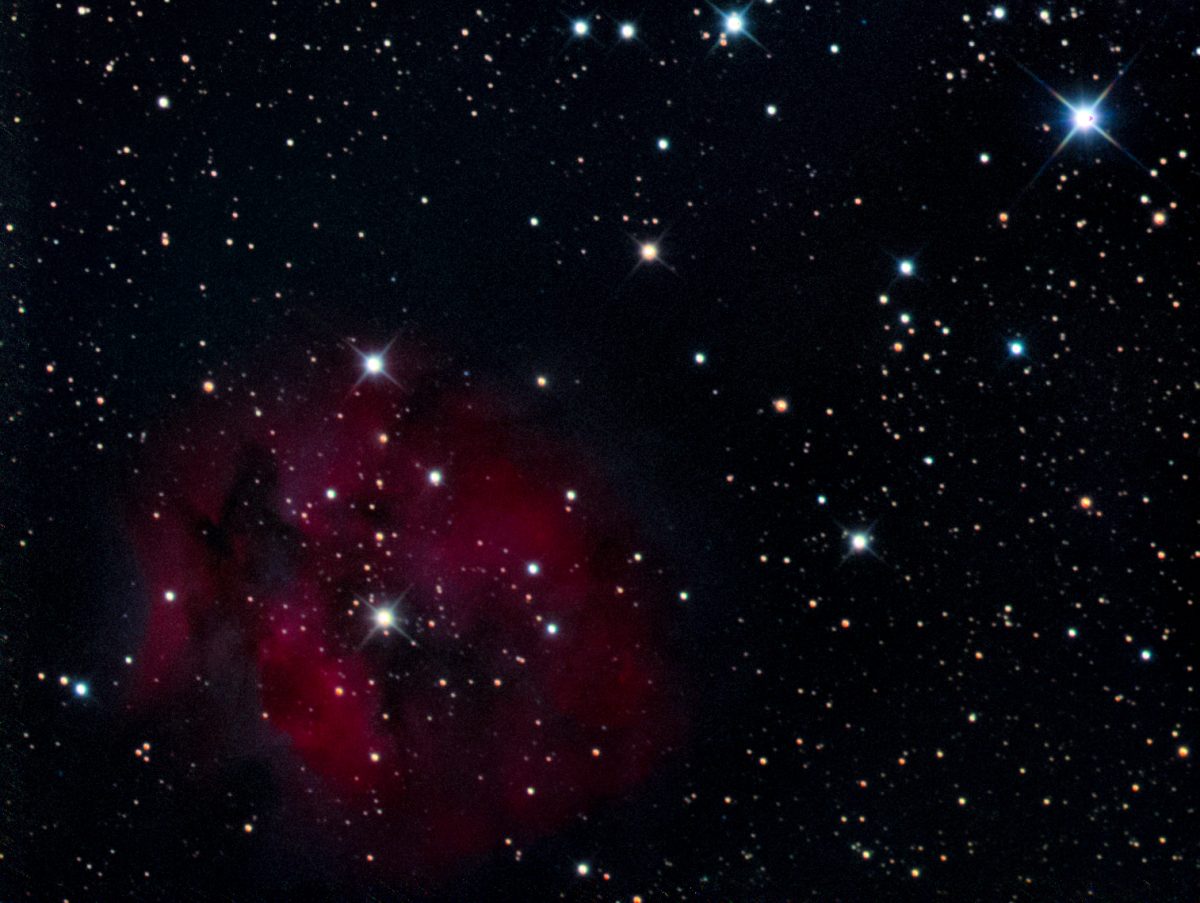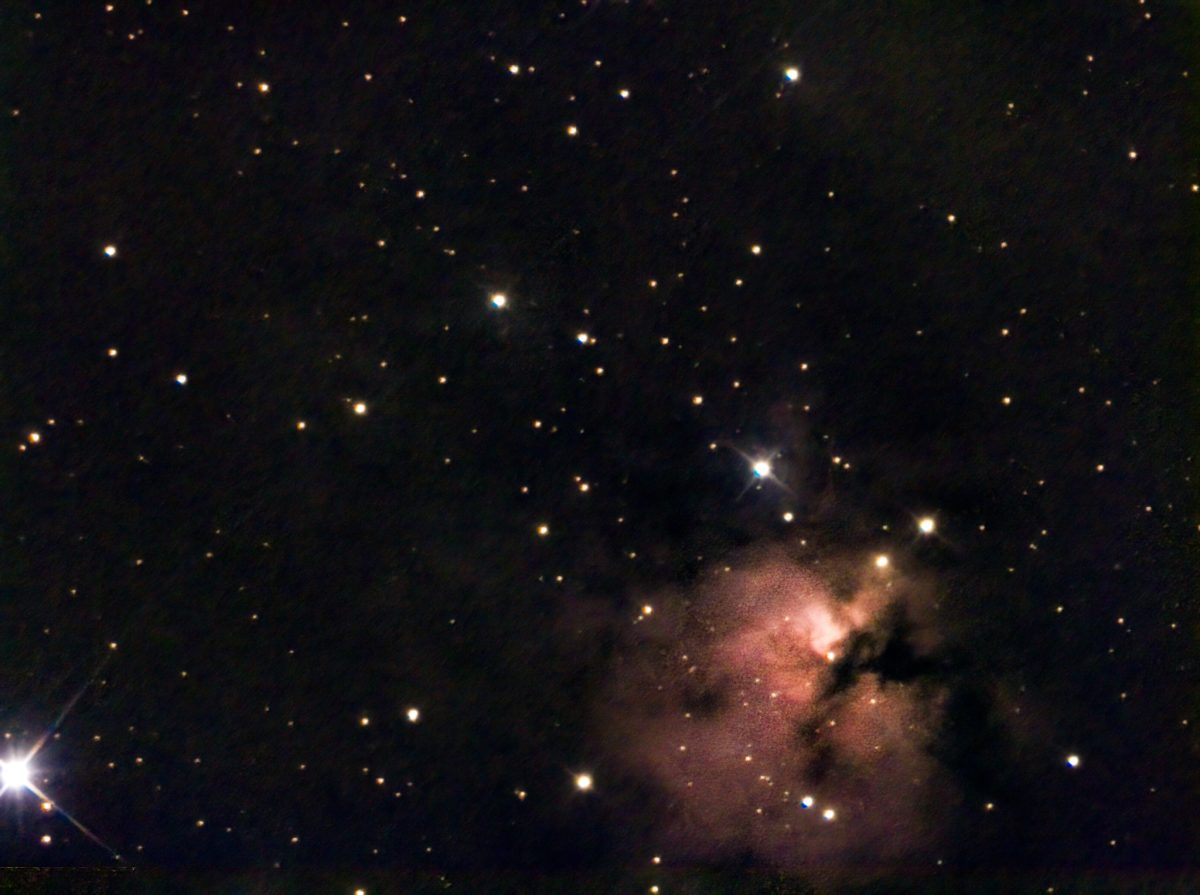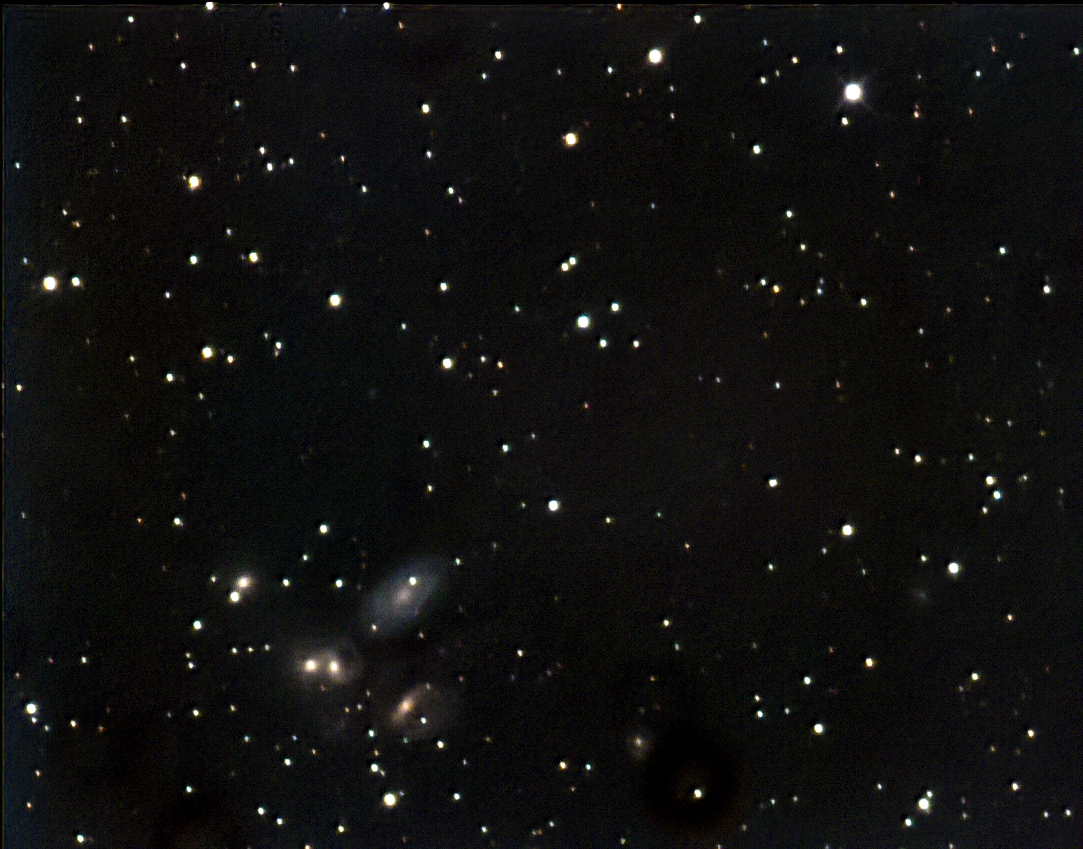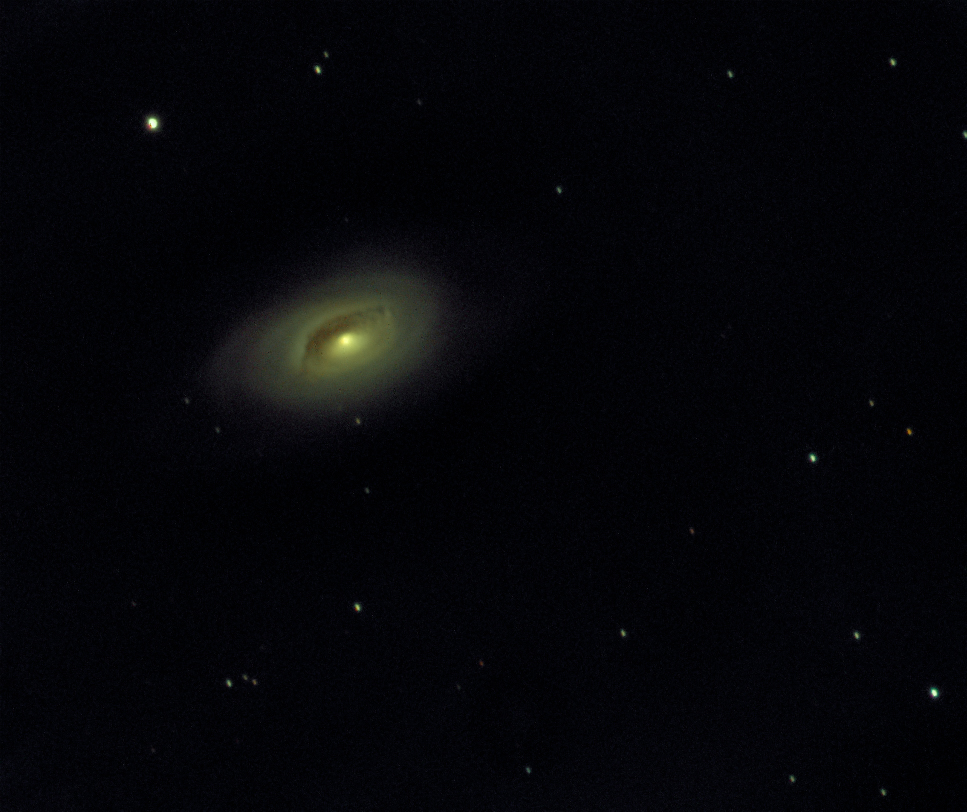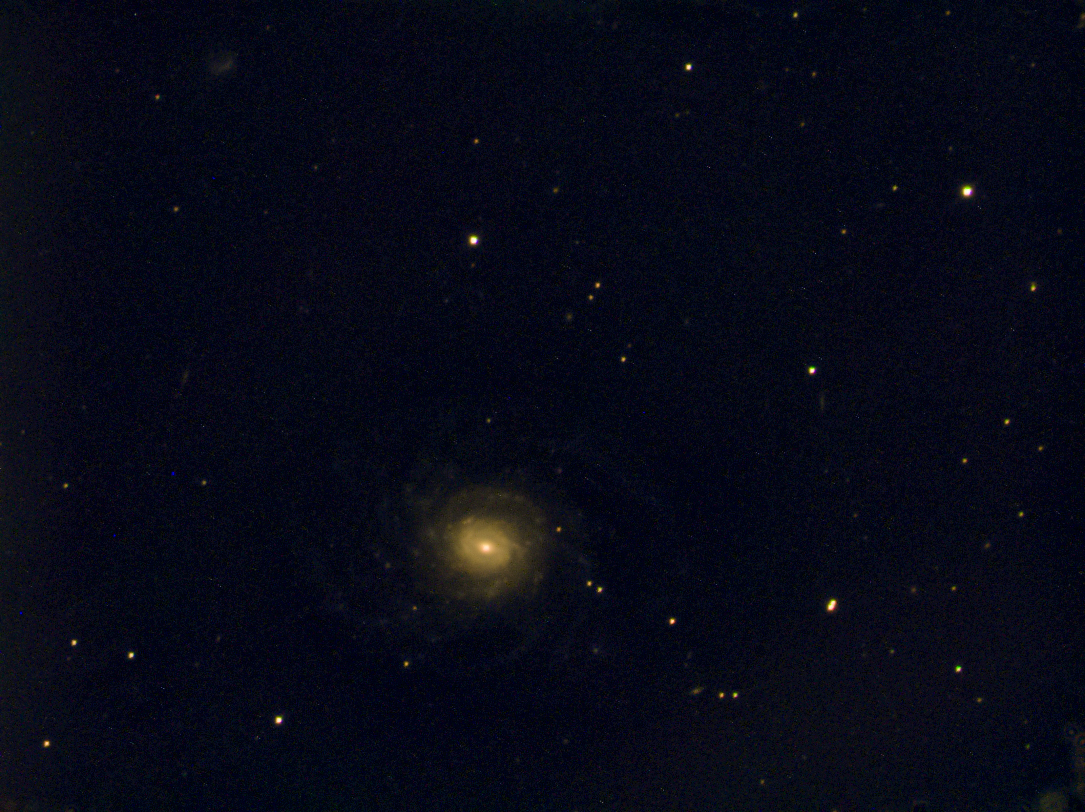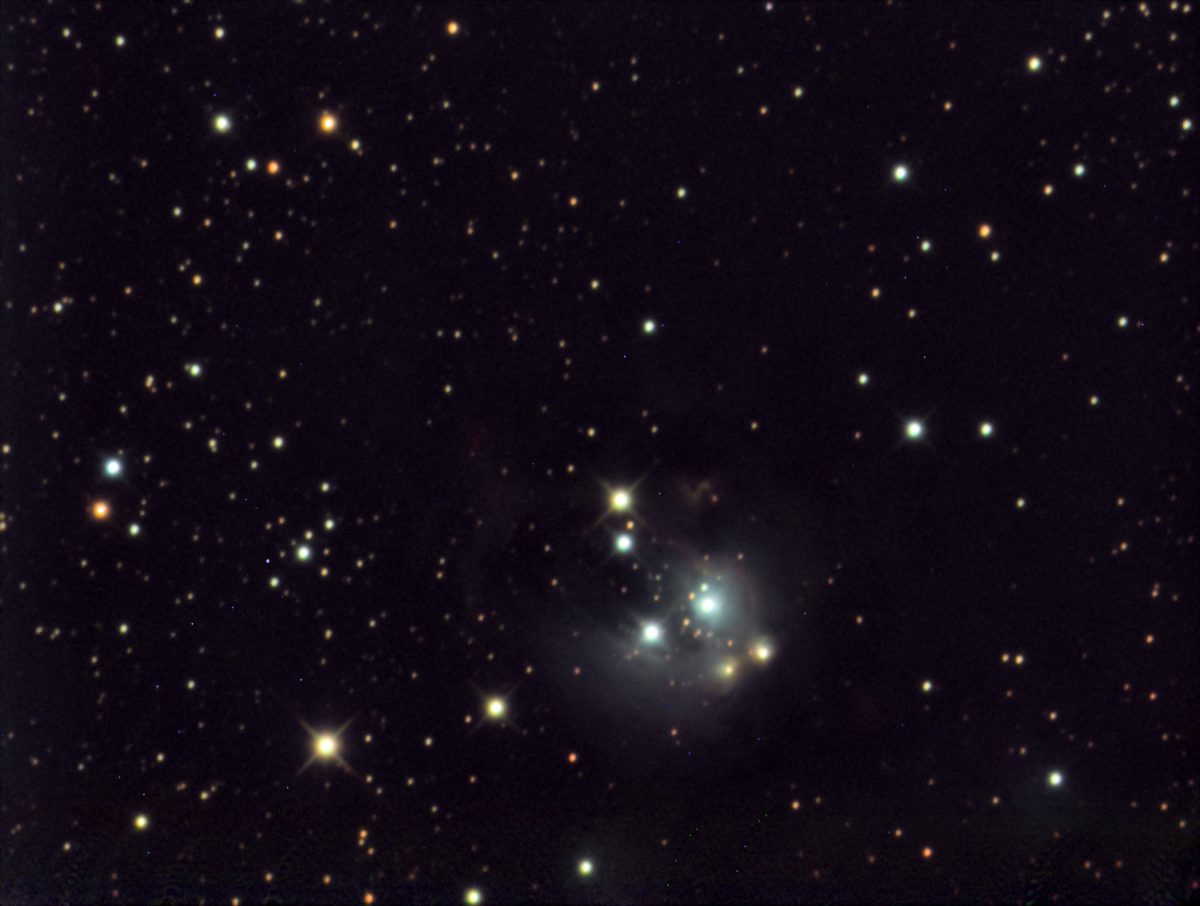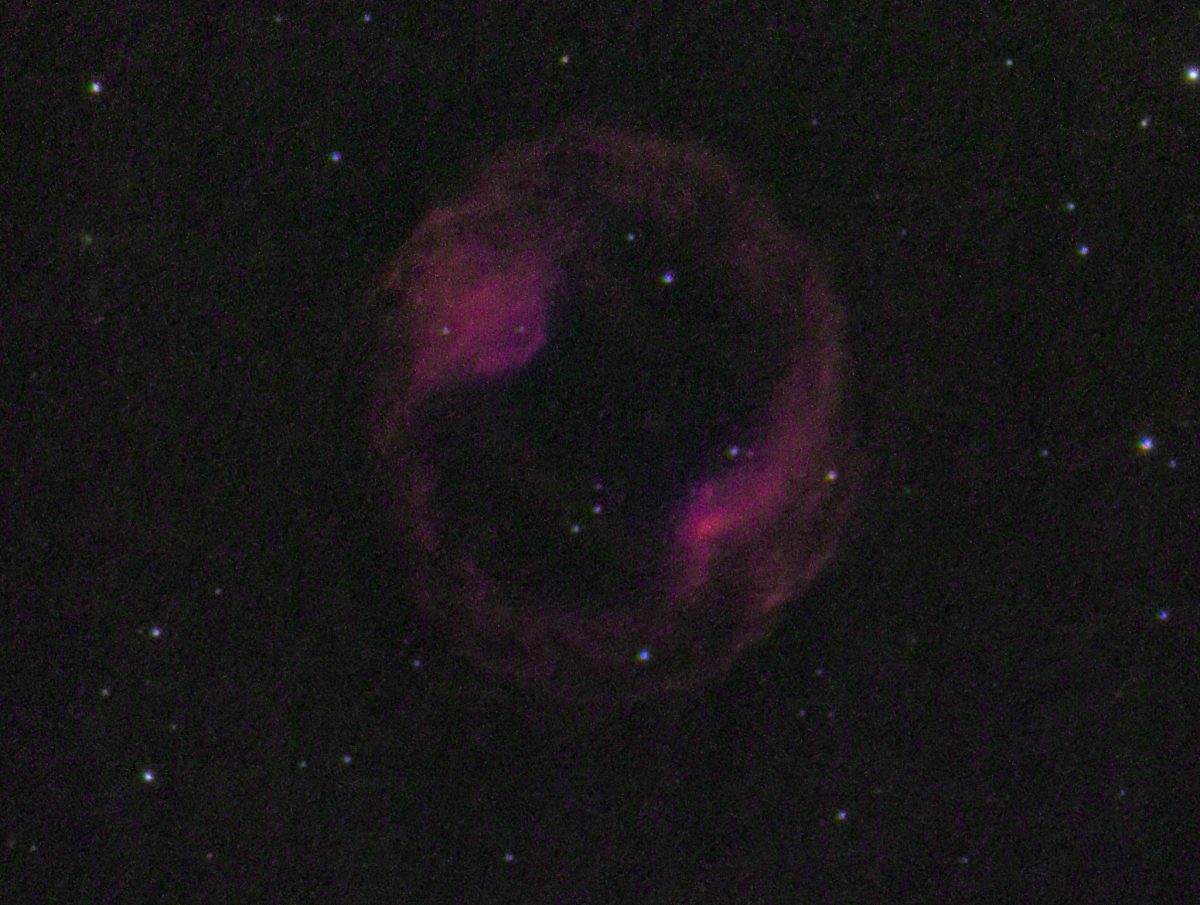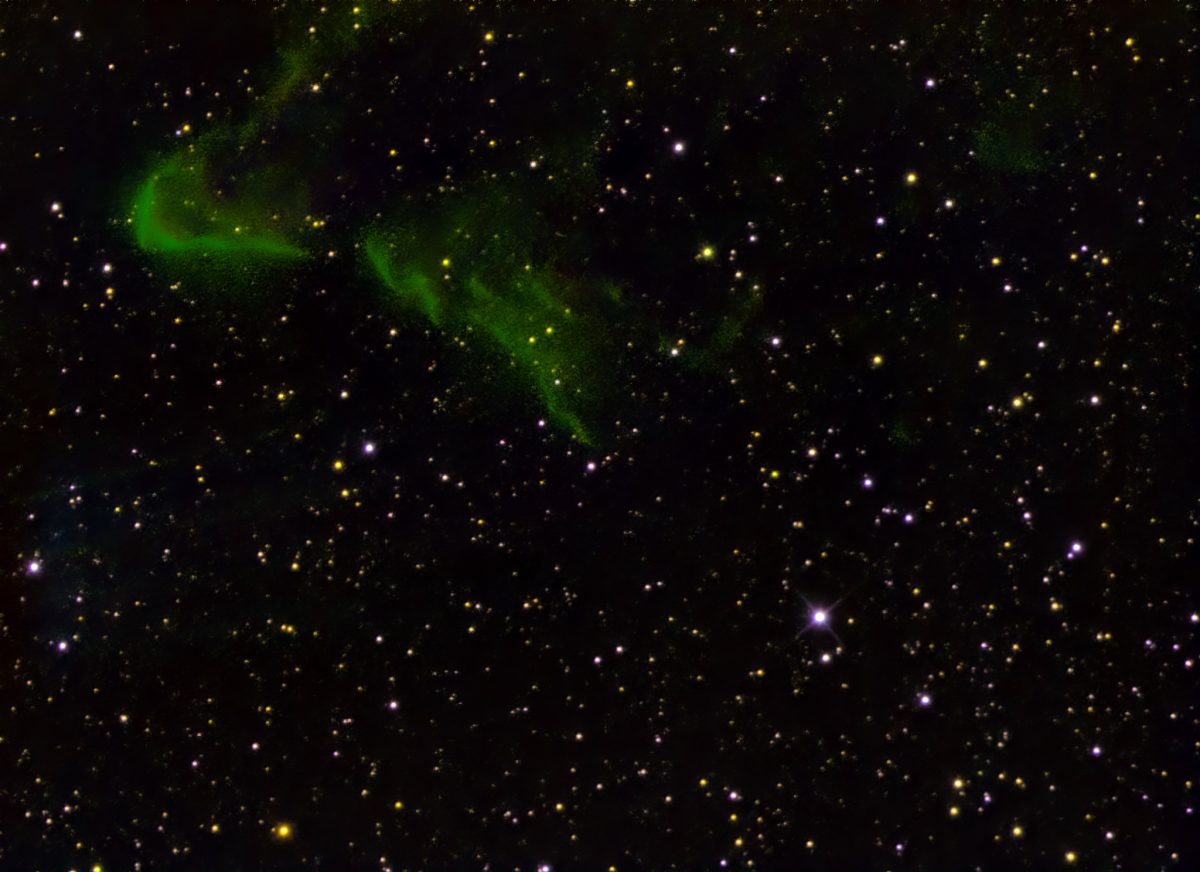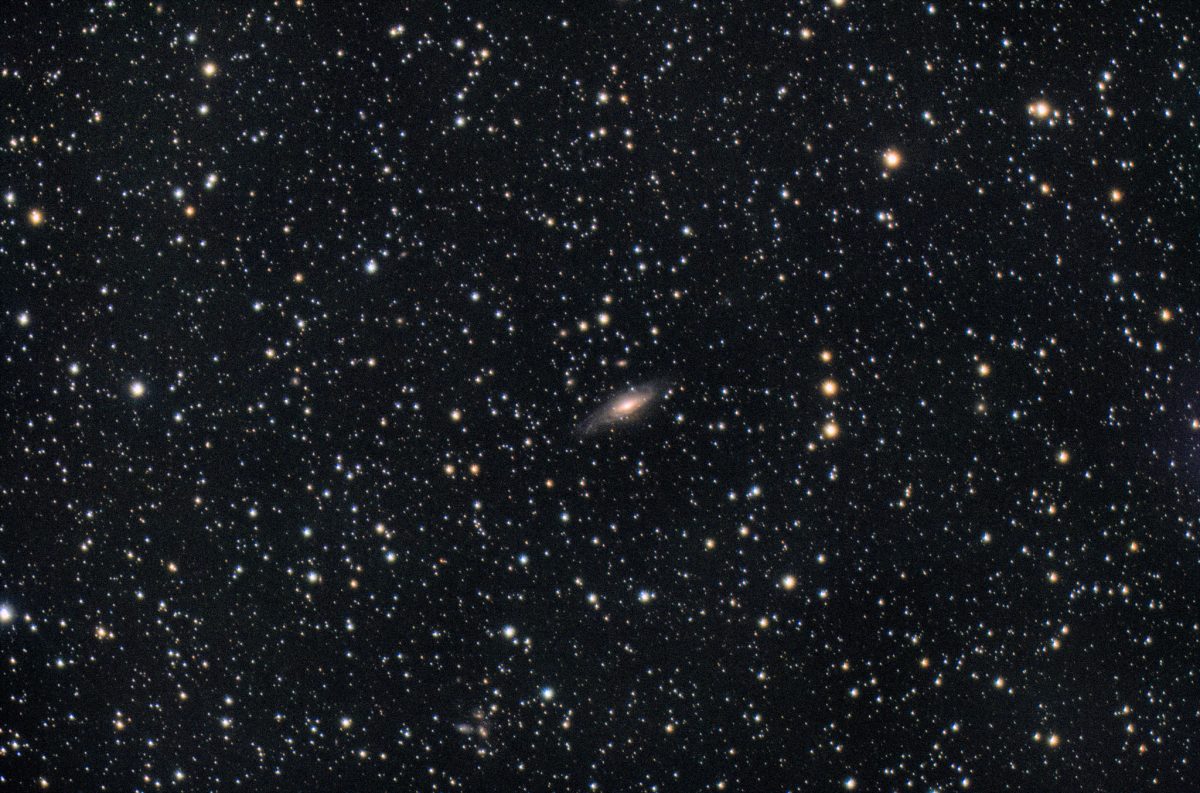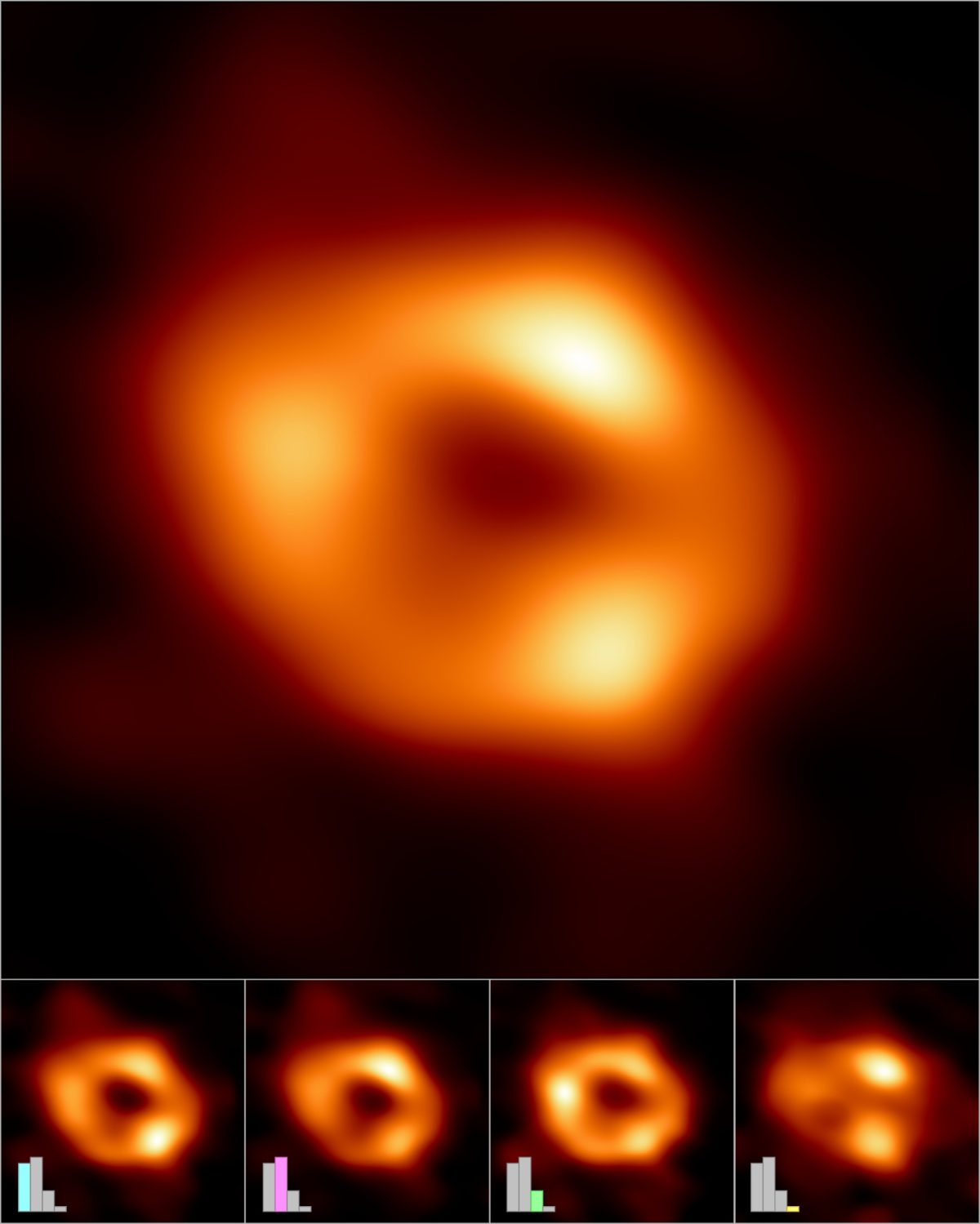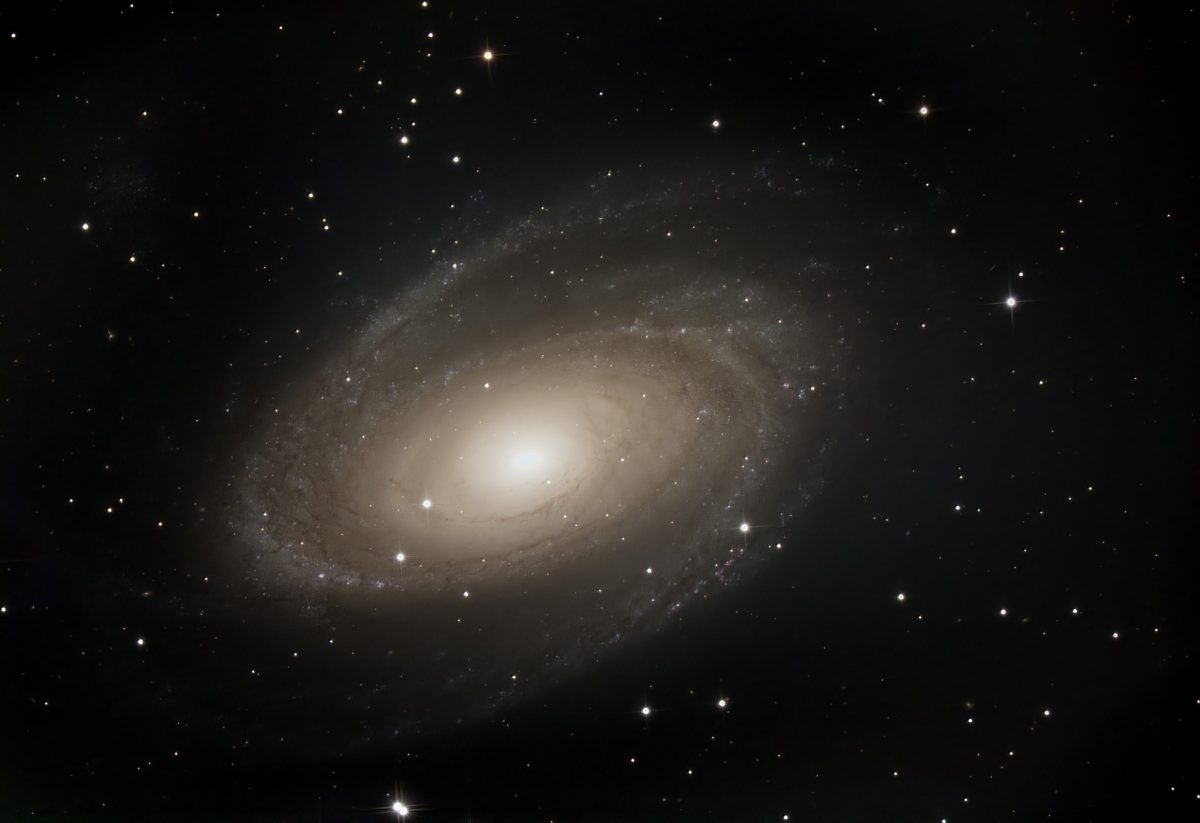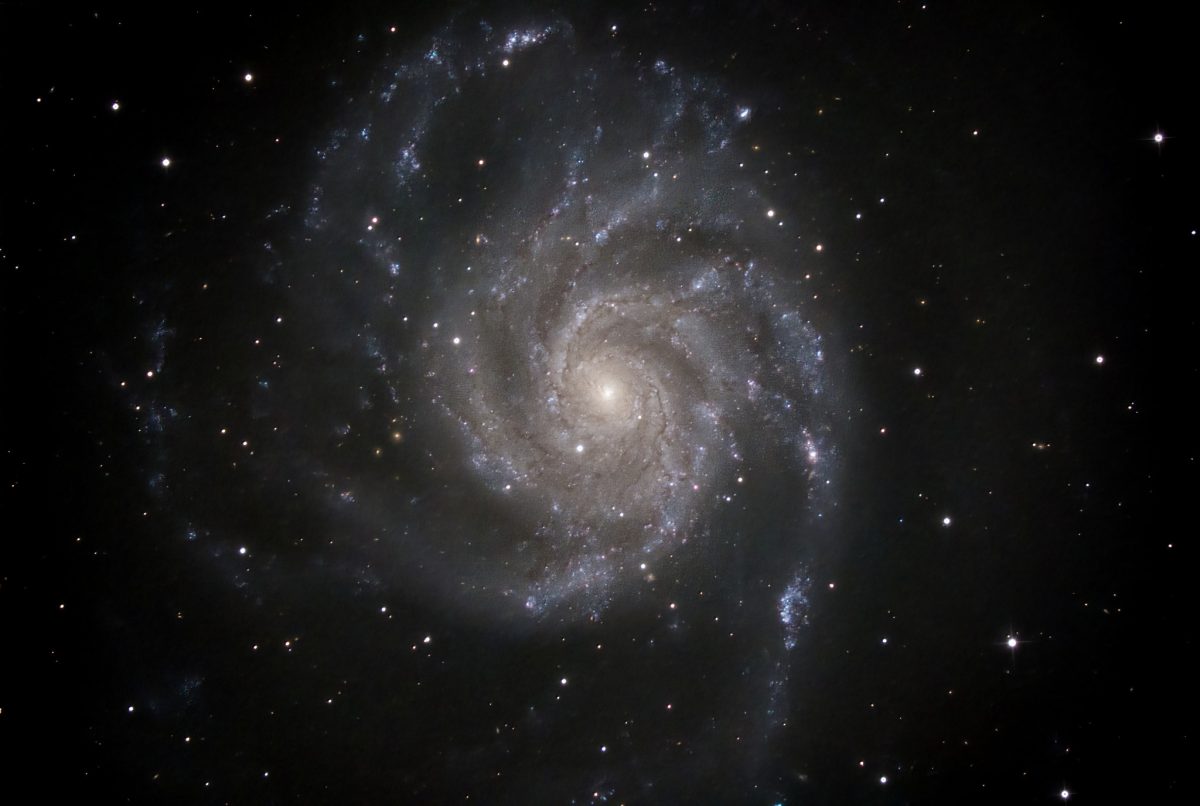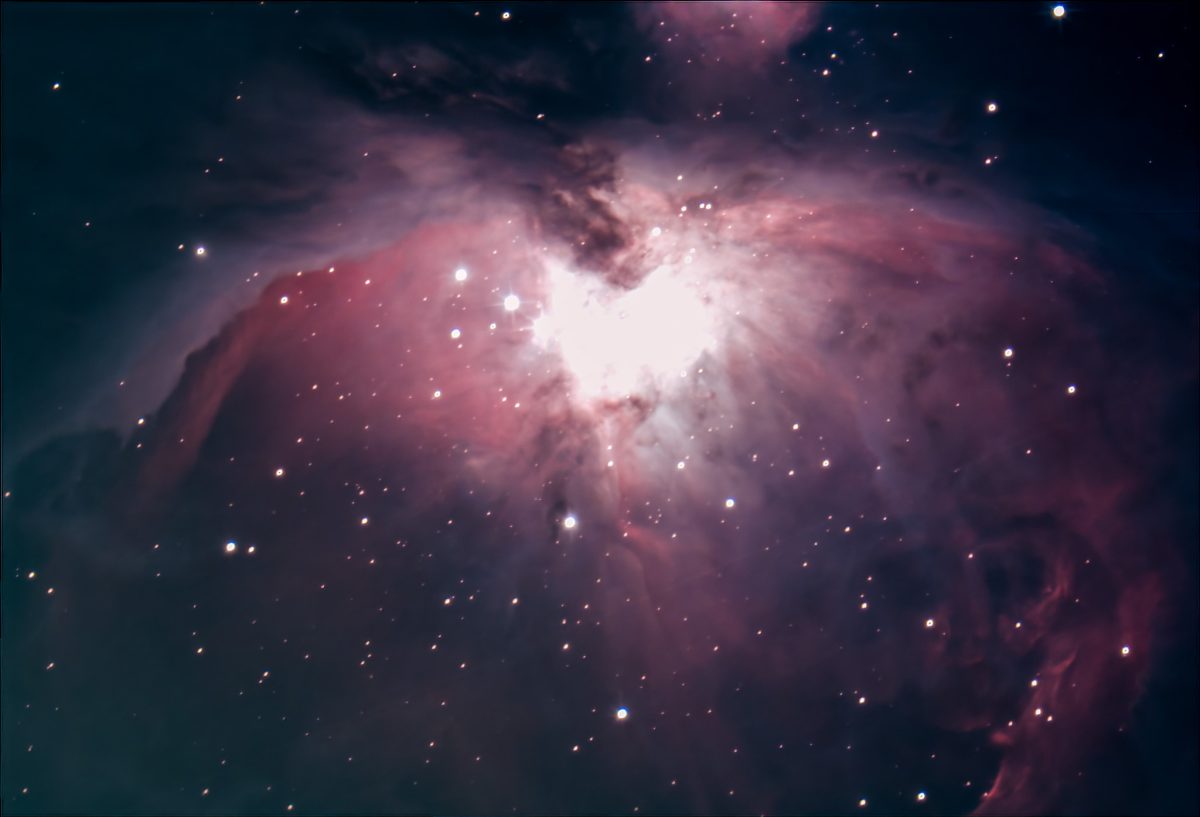During the night of the 18th of May 2023, hobby astronomer and manager of the University observatory of Oldenburg, Thorsten Plaggenborg, observed the “Pinwheel-Galaxy” Messier 101 with his own backyard observatory in the outskirts of Oldenburg. The intention was to create a pretty picture of the Galaxy, but by chance he observed a supernova explosion at an early stage. The supernova, called SN 2023ixf, was discovered by Koichi Itagaki in Japan about a day later at a brightness of 14.9 mag.
At first, it was uncertain whether the supernova was bright enough at that early time to detect in the images of Thorsten Plaggenborg, but with the help of Tobias Hoffmann, the University observatory of Oldenburg was able to clearly measure a new light source at the proposed position at around 21:10 UTC (18th of May) with a brightness of around 17.5 mag with a slight increase of brightness over the course of over one hour. The supernova can be seen in the animated picture at the bottom left of another know light source in the center of the image.
The measurement is a huge success as it is by far the earliest detection of the SN 2023ixf worldwide submitted to the AAVSO. Nevertheless, further observations at even earlier stages could be possible. It is the second time that the University observatory of Oldenburg captured a supernova explosion during its operation. Back then, SN 2014J was captured early in January 2014.
AAVSO – https://www.aavso.org
AAVSO (light curves) – https://www.aavso.org/LCGv2/
Here the full picture that was made by Thorsten Plaggenborg originally this night:
